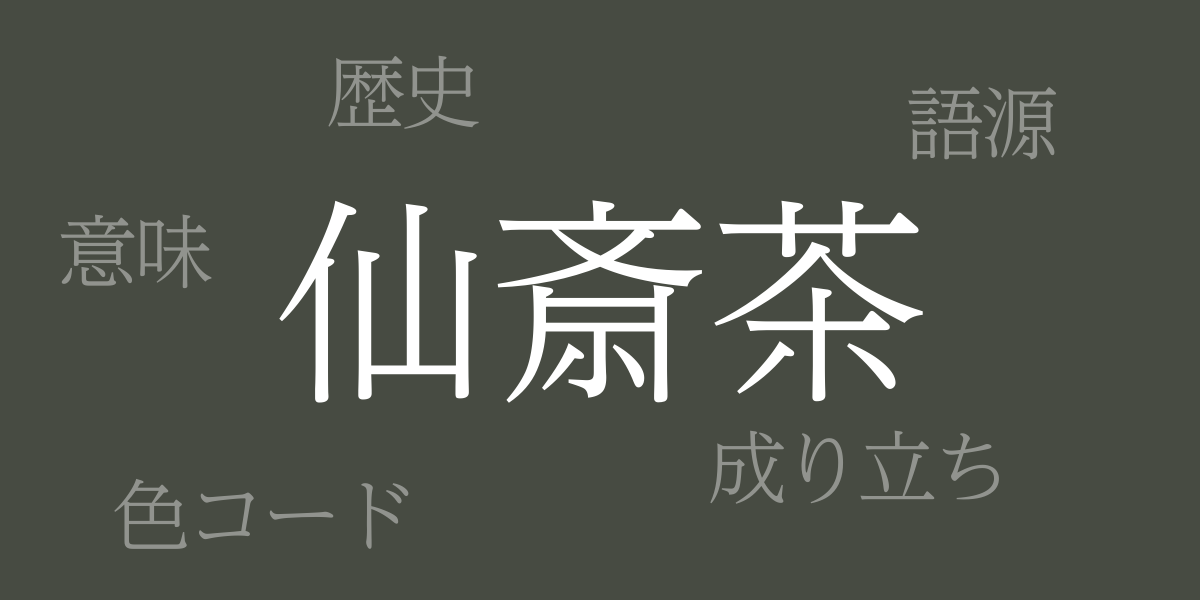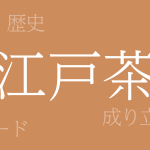Japan’s traditional colors, renowned for their unique beauty and deep history, have captivated people around the world. Among these, “Sensai-cha” (仙斎茶 – せんざいちゃ) stands out with its profound hue, capturing the hearts of many as a symbol of Japanese culture. This article delves into the allure of Sensai-cha, exploring the secrets of its color, its history, and its contemporary applications.
About Sensai-cha (仙斎茶 – せんざいちゃ)
Sensai-cha (仙斎茶 – せんざいちゃ) is a traditional Japanese color characterized by a muted, greenish-brown. This color, suggesting the texture of nature, is commonly used in traditional Japanese garments and crafts. Sensai-cha is extremely popular for creating a Japanese ambiance and pairs well with modern designs, making it a favored choice in contemporary interiors and fashion.
The History of Sensai-cha
The name Sensai-cha originates from the Edo period scholar Hayashi Sensai, known for his deep interest in the color expressions of tea ceremony. His studies led to the definition of this color, which became favored among samurai and literati, appearing in their tea utensils and kimonos. Over time, Sensai-cha came to be recognized as a color symbolizing Japanese aesthetic sensibilities.
Color Code for Sensai-cha
To reproduce Sensai-cha accurately in digital designs and prints, specific color codes are required. Here are the codes:
- HEX: #474B42
- RGB: R:71 G:75 B:66
- CMYK: C:74 M:65 Y:72 K:29
Western Name for Sensai-cha
The Western name for Sensai-cha is “Sensai Tea Green.” This name is recognized internationally, providing a Western interpretation of this uniquely Japanese color. It is used in various fields such as fashion and interior design, helping to spread Japanese traditional colors globally.
Conclusion on Sensai-cha
Sensai-cha, with its rich history and beauty, stands out among Japanese traditional colors. It harmonizes with the warmth of tatami and wood in Japanese rooms and adapts flexibly to contemporary lifestyles. By utilizing the provided color codes in digital and print media, this beloved color can be revitalized for modern use. Sensai-cha, as a representative color of Japanese aesthetics, will continue to be cherished by many in the future.

























